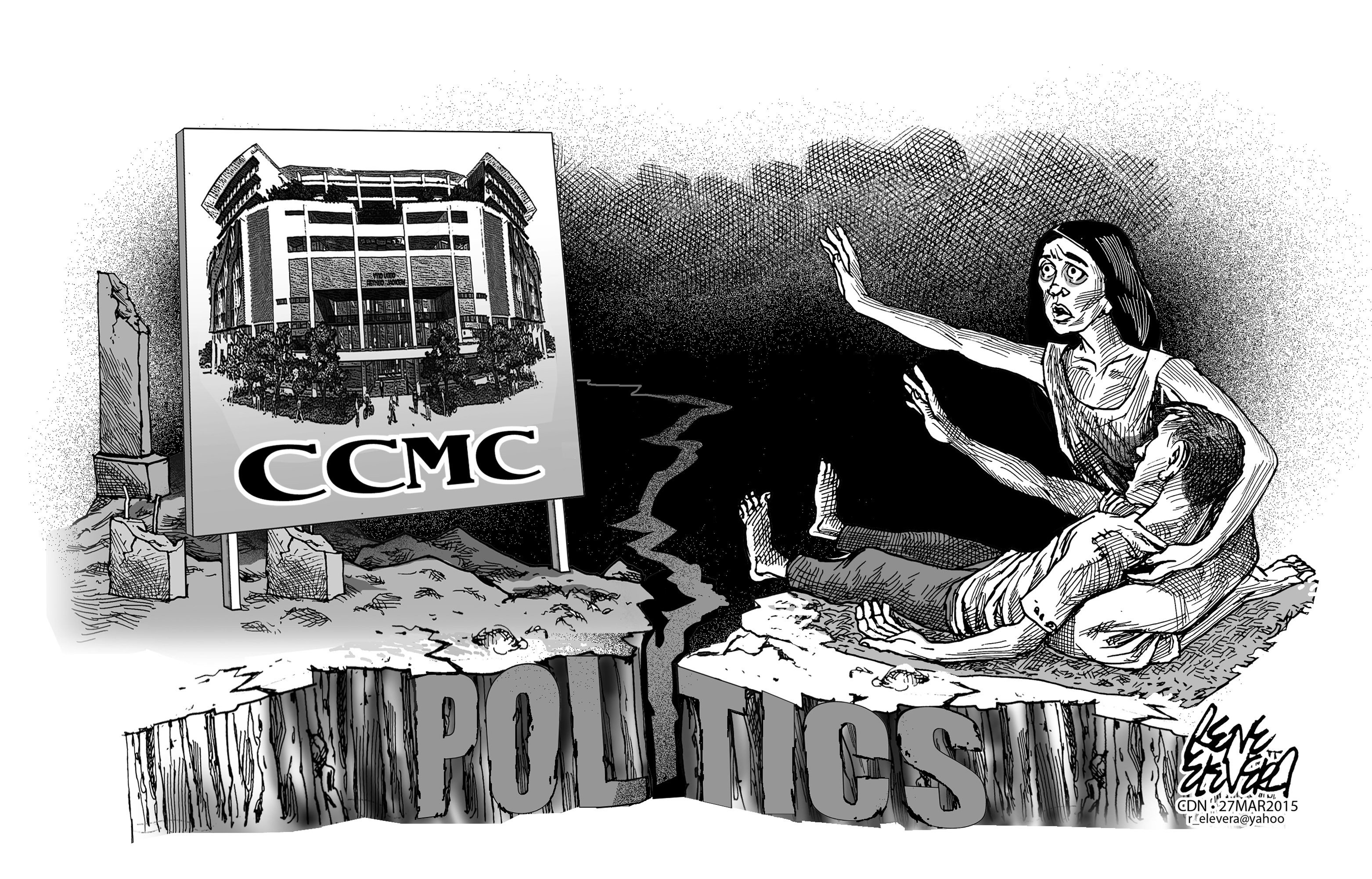It has been a year and five months since a 7.2-magnitude earthquake shook Bohol and Cebu.
For months after the October 2013 earthquake thousands of aftershocks have been recorded. Geologists say that is normal after an earthquake.
The aftershocks following the Oct. 15 earthquake were scary but no longer contributed to the casualty count.
True, the October 15 tremor weakened the foundation of the 200-bed Cebu City Medical Center. Patients had to be evacuated and the building eventually was torn down.
There were options to address the sudden homelessness of the public hospital operated by the Cebu City government.
Mayor Michael Rama opted to have it demolished with an ambitious plan to rebuild a better one. He started a piso-piso campaign that has brought in a few million pesos for a new CCMC.
The donations were a good start but still a modest pool for theP1.5 billion cost of the modern, expanded hospital that was designed.
Can Cebu City, on its own, cough up the rest of the amount.
Regular funds have been appropriated by the City Council to start the project. It’s not enough though and with Rama’s administration given the cold shoulder by Malacañang, other options have to be explored.
Until now, controversies that followed the bidding process have slowed down the final choice of a contractor. A P300 million outlay was set aside last year. Another P300 million is waiting to be mobilized to get that hospital rebuilding past groundbreaking.
With City Hall stilll shopping for funding, the option of a World Bank grant, through the Land Bank of the Philippines, has been belatedly considered.
The question is would City Hall qualify for the grant and loan? Can it fulfill requirements for the foreign assistance?
Members of the City Council majority (who are Mayor Rama’s critics) are skeptical, citing adverse audit reports for at least the last three years by the Commission on Audit (COA) that don’t make the city qualify for a Seal of Good Housekeeping, which the World Bank requires.
Airing that concern is valid, but over-worrying about it before the lenders ask for it, may be premature and counterproductive.
If the program would enable 90 percent of the CCMC’s cost to be carried in a grant (meaning free) and 10 percent in a loan, why not focus all efforts at getting it?
The City Council can issue a resolution authorizing the mayor to apply for the loan. In the end, it’s up to the World Bank to evaluate it. There’s a lot City Hall has to shape up to get the paperwork done before the window for the World Bank facility closes in April.
But not getting things going would be a sad political aftershock of the 2013 Bohol-Cebu tremor. It’s the poor who have no access to private health care that suffer it.
Disclaimer: The comments uploaded on this site do not necessarily represent or reflect the views of management and owner of Cebudailynews. We reserve the right to exclude comments that we deem to be inconsistent with our editorial standards.

